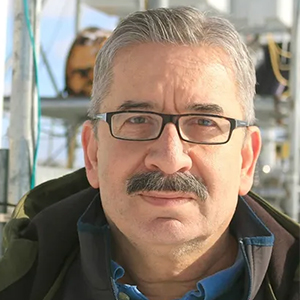This presentation will focus on fog meteorological observations, including in-situ microphysics, aerosols, radiation, and dynamical parameters as well as the use of parameterizations to improve fog forecasting. Presently, numerical weather forecast models lack sound representations of microphysical processes accurately for fog (even clouds) and specifically for ice clouds.

The parameterizations used are mainly for mid-level and higher cloud systems. Observations collected during last 20 years based on various field campaigns (FRAM-C &CF&IF, MATERHORN, C-FOG, FATIMA-GB & FATIMA-YS, and FATIMA –IF (planned) advance the science of fog processes, but its predictability is still an issue. This talk will provide insight into the basic fog processes, improvement of fog forecasting, and challenges related to its predictability.
Dr Gultepe received a bachelor’s and master’s in engineering meteorology in 1979 and 1981, respectively, from the Department of Aeronautics and Aerospace at Istanbul Technical University (in the area of snow formation/melting). He received a master’s of professional studies degree (MPS) from Saint Louis University (SLU), Missouri, in 1986 and a Ph.D. (1989) from the ASP program of the NCAR, which is a collaborative graduate study between NCAR and SLU (in the area of ice cloud observations from aircraft and remote sensing observations).
Dr. Gultepe worked for one year (1990) as a research associate in the Meteorology Department at Colorado State University (CSU) (in the area of ice cloud modeling and observations). Followed up a postdoc from NASA GSFC NRC, Greenbelt, MD, during 1991-1992 (in the area of ice clouds focusing on turbulence-microphysics interactions). He then moved to Toronto, Canada, after receiving another postdoc from ECCC NRC during 1993-1995 (in the area of Arctic cloud microphysics).
After 1995, he became a federal government employee in Environment and Climate Change Canada (ECCC), and then he left the government work on 2023 to be an adjunct professor at Ontario Techical University, Ontario (in the area of high impact weather effects on autonomous car). Since then, he has been an adjunct professor at both Ontario Technical University and the University of Notre Dame working with Prof. Dr. J. Fernando since 2014.